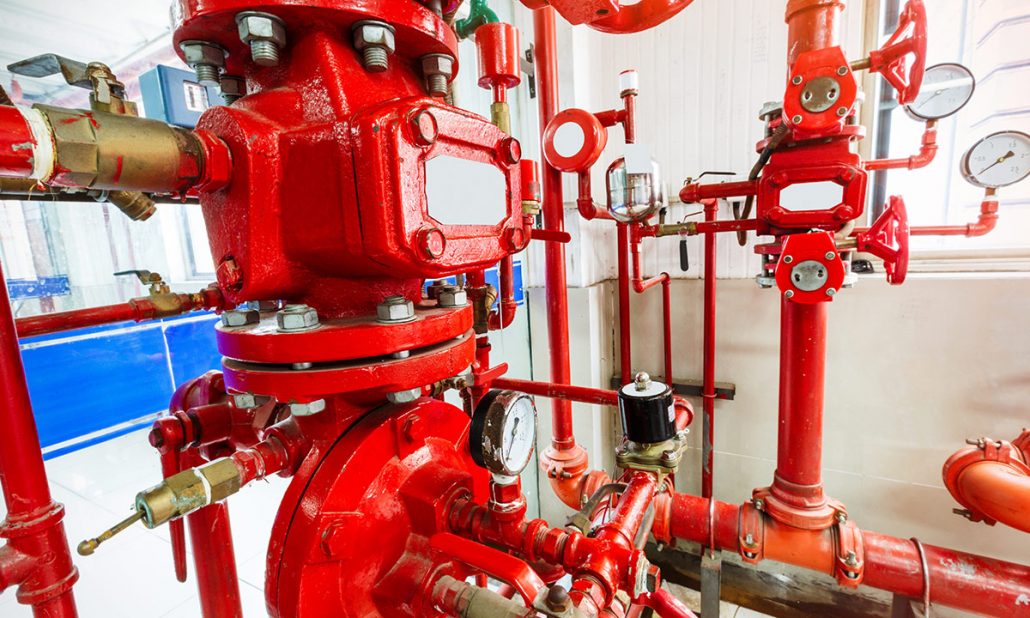Fires have been a major threat to human lives and property throughout history. While modern construction and safety standards have helped reduce the occurrence of catastrophic fires, it is crucial to stay alert and prepare for any eventuality. One of the key components in any fire suppression system is the pipe that delivers water to the sprinkler heads or fire hydrants in the building. These pipes are known as fire tubes or fire hoses, and it is important to select the best material in UAE to ensure maximum protection and safety.
Fire fighting pipe is a steel or ductile iron pipeline that transports media such as fire fighting water, firefighting gas and firefighting foam to connected fire protection equipment. Regardless of their application, all fire fighting pipes must comply with the relevant international standards to provide optimum performance and safety.
The most common fire pipe is galvanized steel, which is the most durable and efficient option for use in any type of fire protection system. It has a high tensile strength, ensuring that it can withstand extreme heat and pressure. It is also corrosion-resistant, preventing the accumulation of debris inside the pipe.
In addition to being extremely durable, fire pipes are also very flexible. They can be bent or curved to fit into tight spaces, making it easy to install them in even the most challenging locations. These pipes can also be welded to make them stronger and more secure.
There are several different types of fire pipes available in the market, each with their own benefits and drawbacks. For example, steel fire pipes are usually more expensive but offer superior durability and quality. Stainless steel fire pipes are also an excellent choice because they do not rust or corrode, which means they will last longer than other types of pipe.
Another type of fire pipe is high-density polyethylene (HDPE), which offers several advantages for use in fire suppression systems. HDPE pipes are extremely strong, adaptable, and nearly maintenance-free. They are also highly resistant to chemicals and abrasions, which makes them ideal for use in the harsh environments found in many industrial buildings.

